TLDR: treat higher DC voltages with great respect.
DC power at high voltage is a more ferocious creature than low voltage DC or even high voltage AC. AC reverses polarity every 9ms, dropping to 0 volts and 0 amps, which creates an opportunity to snuff an arc. That is also true for directly rectified DC - but not at all, once it is smoothed out to continuous DC.
It's a good thing to think about in design.
8 mils may hold off an arc from starting under ideal conditions, but once that arc does strike, it'll take a lot more gap to extinguish it. It will indeed vaporize conductor material until it has widened enough gap. Here's a video of 600VDC doing that to a streetcar.
DC contactors have blowouts designed to snuff the arc (or more accurately, throw the plasma path into an arc chute which cuts it up). They use permanent magnets, residual magnetism from the collapse of the coil field, or a blast of air. This page shows a photo of a contactor rated to 300VDC, only 50% more than your design, and you see the not inconsiderable arc suppression gear.
Of course, semiconductors take a different approach to circuit interruption, but if your semiconductor is interrupting anything inductive, you may have a voltage spike. That could find an insulation weakness and strike an arc which a lower voltage could maintain.
To prevent these arcs from starting, you want insulation that might be appropriate to a much higher AC voltage.
You might also consider arc-fault detection on the DC power supply.
